Beetroot Wine Recipe UK
Beetroot wine recipe gives you a rich and fruity taste with light earthy undertones. It is good for drinking and even better for use in cooking! Wine making is an ancient tradition and is used as a way to preserve a harvest for consumption after the normal harvesting period. Beetroot wine is easy to make and just takes some basic equipment, few ingredients and plenty of waiting time. This recipe for beetroot wine is aimed at readers in the UK, however it will work equally well for readers around the world.

Homegrown beetroot
Beets of all descriptions are relatively straightforward to grow. There are a variety of shapes and colors available including dark red, white, pink and white striped and golden yellow beets.
Sowing beet seeds
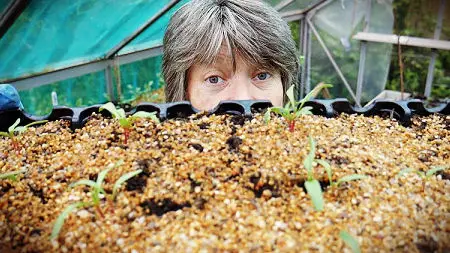
Sow seeds from spring to mid summer, cover with a thin layer of compost and water. You can either sow seeds thinly in rows or multi-sow the seeds. Multi-sowing means putting two or more seeds together either in modules containing a seed compost (any peat-free compost works well) or sowing direct into the ground, two to four seeds at 6-8 inch intervals.
Watering beet plants
Do not allow the soil or compost to become waterlogged, but also do not all it to completely dry out during the first month. As the plants grow, water thoroughly once a week, unless it has rained. If the temperatures are very high, you may need to water more often.
Harvesting beets
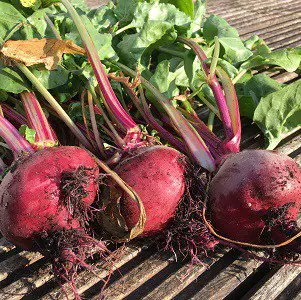
Beets give two harvests and are ideal for making full use of vegetables in the kitchen. The leaves can be used in the kitchen. Young leaves are ideal for adding to salads and to use as a garnish. Older leaves can be cooked and served in the same way as spinach.
The root, known as beetroot in UK, can be used for a wide variety of beetroot recipes. Harvest when the beets are golf ball size or larger. Beetroot that has become too large, and possibly woody, for cooking recipes is not wasted if you use them to make wine.
It is essential that beetroots are thoroughly washed to remove all soil from the skins before using to make wine.
Equipment for Beetroot Wine recipe UK
Some wine making recipes call for a great deal of equipment and specialist tools, however they are not necessarily essential. Wearing plastic or rubber gloves while handling beetroot will reduce the changes of staining the skin. And also, take care not to splash beetroot juice on clothing.
To make this simple beetroot wine you will need –
- Sterilizing tablets or sterilizing liquid
- 2 x glass or plastic demijohn
- Air lock and bung
- Weighing scales
- Long handled spoon
- Large saucepan
- Large mixing bowl
- Colander
- Chopping board
- Sieve
- Funnel
- Teaspoon
- Syphon hose
- 6 x 70ml screw-top wine bottles
You can reuse wine bottles time and time again. This is one of the great ways to reuse household waste. Save undamaged shop-bought wine bottles with a screw-top for your wine making, wash thoroughly before storing.
Demijohns can often be found in charity shops or thrift stores, online auctions sites and friends may have some unused demijohns stored away that they are happy to lend, give or sell to you.
About air locks
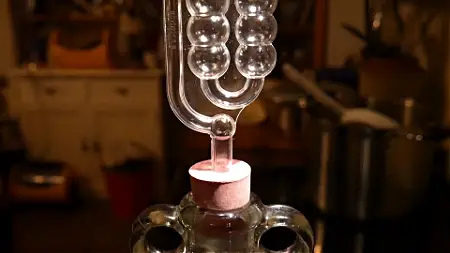
Air locks are clever devices that allow gases made during fermentation to escape, while also preventing air or pests into the container. Although they come in different shapes and sizes, their job is the same. Water is put into an air lock that means air cannot enter beyond the water level.
As gases are produced, the pressure builds behind the water and the gases escape in a bubble. During fermentation, a steady bubbling sound is heard. The tubular part of the air lock is pushed into a rubber bung that fits into the neck of the demijohn after filling.
How long does it take to make beetroot wine?
To prepare the vegetables and start the wine making process, allow one hour. Over the next few months, you will need approximately 30 minutes every couple of months. Once bottled, the wine will need to rest and mature for 6-18 months. Allow up to two years from start to finish for a clear, tasty country wine.
Ingredients for 6 bottles of Beetroot Wine
- 3-5lb fresh beetroots
- 3lbs sugar, white or unbleached
- Water
- Dried wine yeast
Method for Beetroot Wine Recipe UK
All the equipment you use for wine making must be very clean and sterilised to prevent mould growth and contamination. Wash all equipment and then sterilise using sterilising tablets or liquid. Follow the manufacturer’s instructions carefully.
To extract the flavour and colour from beets for homemade beetroot wine
Harvest beets, remove leaves and excess soil. Wash thoroughly, removing all soil from the roots.
Place into a large saucepan of boiling water and boil for 10-15 minutes. Then remove from heat, strain through a colander and run cold water over the beets to cool them rapidly.
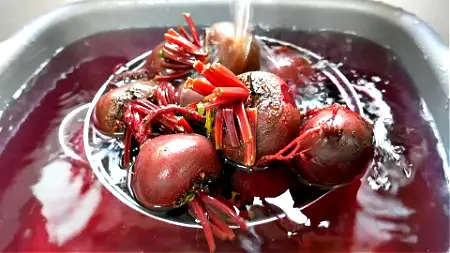
Rub the skins off the beetroots and top and tail by cutting off the portion where the leaves grew and the thin root at the bottom of the beet.
Place onto a chopping board and cut into small pieces and put in large mixing bowl. Cover the beetroot pieces with boiling water and cover with a cloth to prevent anything falling into the bowl. Set to one side and allow it to sit for at least 24 hours.
Using a sieve, drain juices into a separate bowl or pan and save, cover to prevent anything falling into it.
Place all beetroot pieces into large pan, cover with boiling water and boil for 10 minutes to extract more juices. Drain through a sieve. You can repeat this process until you have about 5 pints of beetroot flavour water.
To start the wine making process
Adding a little at a time, gently stir 2lb of sugar into the beetroot liquid, this makes it syrupy. Allow to cool to a little above room temperature.
Using the funnel add the last 1lb sugar into the bottom of demijohn.
Put a little of the syrupy liquid and into a jug and add 1 teaspoon of dried wine-making yeast and stir. Stand jug in a warm place for 5-10 minutes. The mixture may start to bubble and foam, this is normal.
Using the funnel, pour the beetroot syrup into the demijohn until about half filled.
Add the yeast in beetroot syrup to the demijohn.
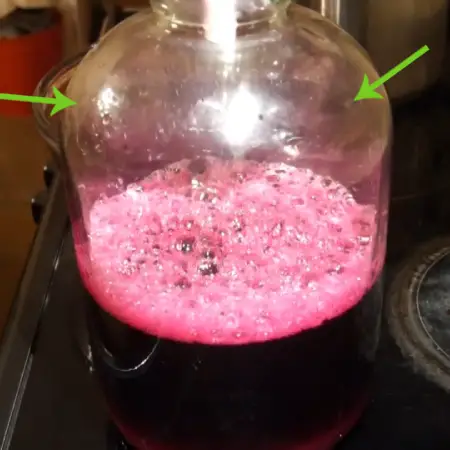
Add the remaining beetroot liquid and if required, some previously boiled, cool water to demijohn until it is filled to ‘shoulder’ level of the container. Do not fill to the very top.
Apply the airlock and wait 24-48 hours for the fermentation process to establish. You can then fill to the base of the neck of the demijohn using previously boiled, cool water.
Wrap the outside of the demijohn with a cloth to exclude light. Beetroot will discolour and become brown if exposed to light for prolonged periods. Place the covered demijohn in a dark, room temperature place to ferment.
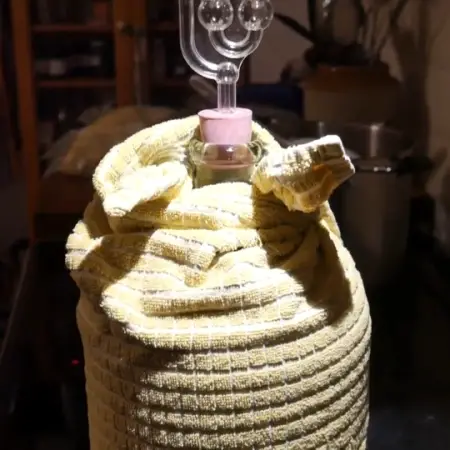
To finish making beetroot wine
After about a month, rack the wine mixture. Racking allows the separation of sediment from the wine. Remember to wash and sterilise the syphon and spare demijohn before use.
Place the demijohn of wine on a surface and the spare, empty demijohn below on the floor or a lower surface. Syphon the wine into the empty demijohn avoiding the sediment at the base.
If required, top up the wine to the base of the neck of the demijohn using previously boiled, cooled water. Apply the airlock. Cover to exclude light and place in a dark, room temperature place to continue fermentation.
Repeat the racking process after two months and it can be repeated again if a thick layer of sediment is seen at the base of the demijohn.
When to bottle beetroot wine
When the wine has finished fermenting you can bottle it up. It has finished fermenting when the airlock completely stops bubbling. Don’t be in any rush to bottle the wine. If you rush to put it into bottles, you may find the wine is still fizzy, therefore risking pressure building up and bottle exploding.

Wash and sterilise the syphon and bottles. Use the syphon to transfer wine from the demijohn into the bottles. Do not fill to the very top of the bottle, leave a gap of about one inch between the wine and the rim. Secure the screw top lids. Wipe the outside of the bottle in case of any spills and dry.
Don’t forget to label bottles of wine with the type of wine and the year and month it was made. I use the date it was started, rather than the date it was bottled, but it’s up to you.
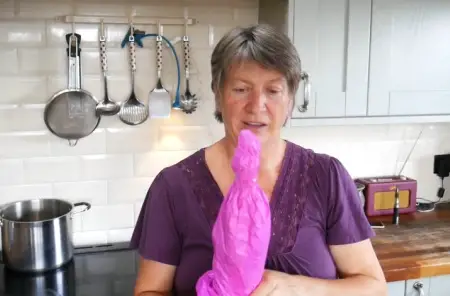
Clear bottles will need covering. A wrap of tissue paper forms a suitable cover. However, it is better to use dark bottles if available. Green or brown glass works equally well.
Store in a cool, frost-free, dark place. Leave to mature for 6-9 months minimum, 18-24 months is even better.
Please remember
Homemade wines are for home consumption only and be aware that they can be surprisingly strong!
I offer recipes and serving suggestions as an encouragement to others. There are always more ways to prepare and cook foods. Make sure you do sufficient research before consuming homemade products.
If any food smells off or looks off, it could well be off – do not risk your health.
More ideas like Beetroot Wine Recipe UK
For more recipes and ways to use beetroot, read ways to make the most of your harvests.
- Bulbs for summer and autumn - July 4, 2025
- Showstopper flowers in early summer - June 20, 2025
- Best flowering variegated plants - June 13, 2025
